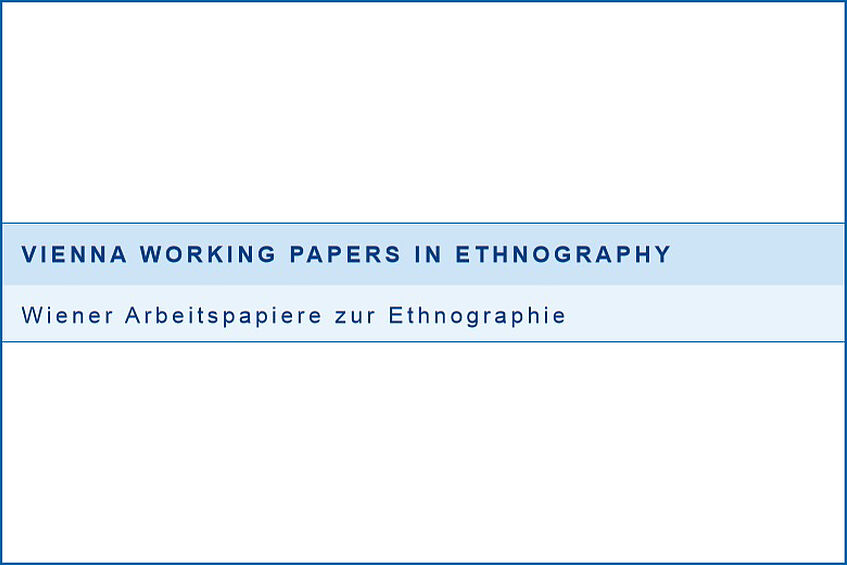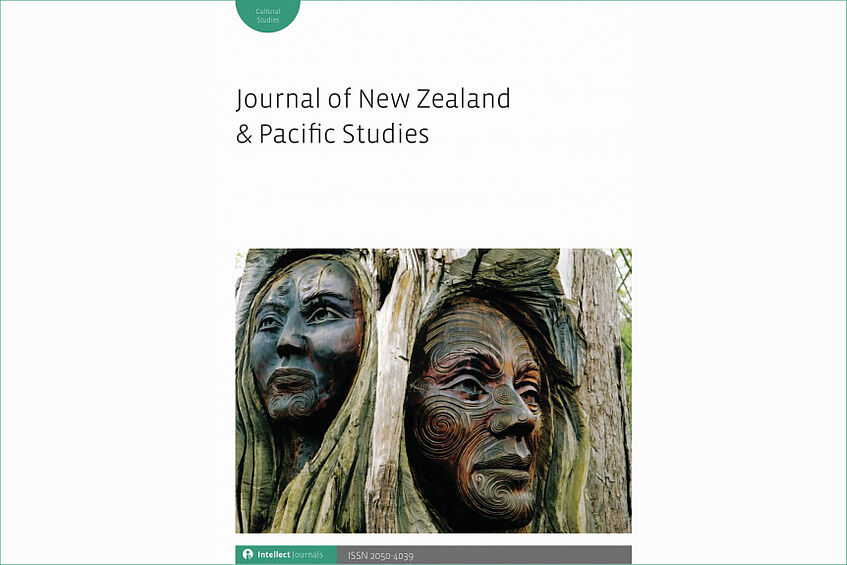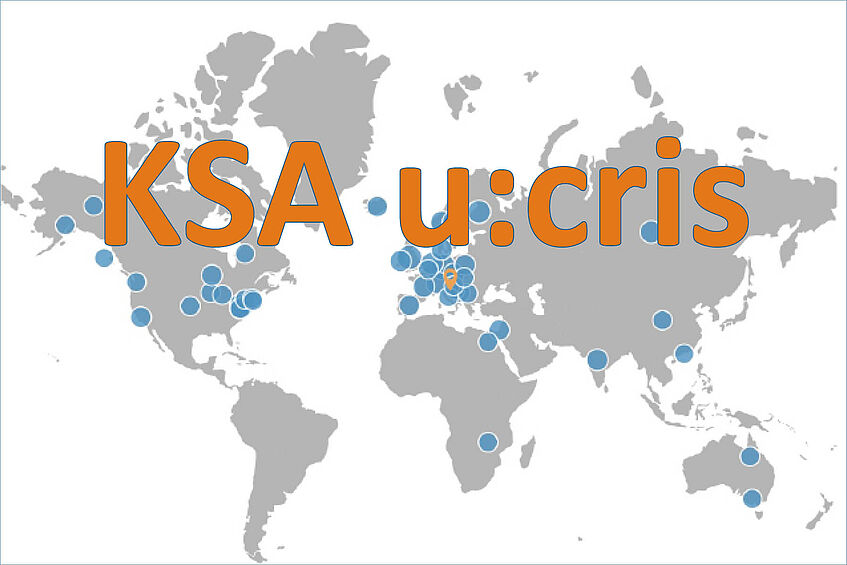Publikationen
peer-reviewed Publikationen in u:cris
Towards a good university
- Autor(en)
- Elisabeth Anna Günther, Dagmar Fink, Viktorija Ratković
- Organisation(en)
- Institut für Lehrer*innenbildung, Institut für Kultur- und Sozialanthropologie
- Externe Organisation(en)
- Alpen-Adria-Universität Klagenfurt
- Publikationsdatum
- 06-2021
- Peer-reviewed
- Ja
- ÖFOS 2012
- 504014 Gender Studies, 504013 Gender Mainstreaming, 503018 Hochschuldidaktik, 503006 Bildungsforschung
- Sustainable Development Goals
- SDG 5 – Geschlechtergleichheit
- Link zum Portal
- https://ucrisportal.univie.ac.at/de/publications/8b46f655-c8fc-4ab1-a599-bf486e0c9cc8





